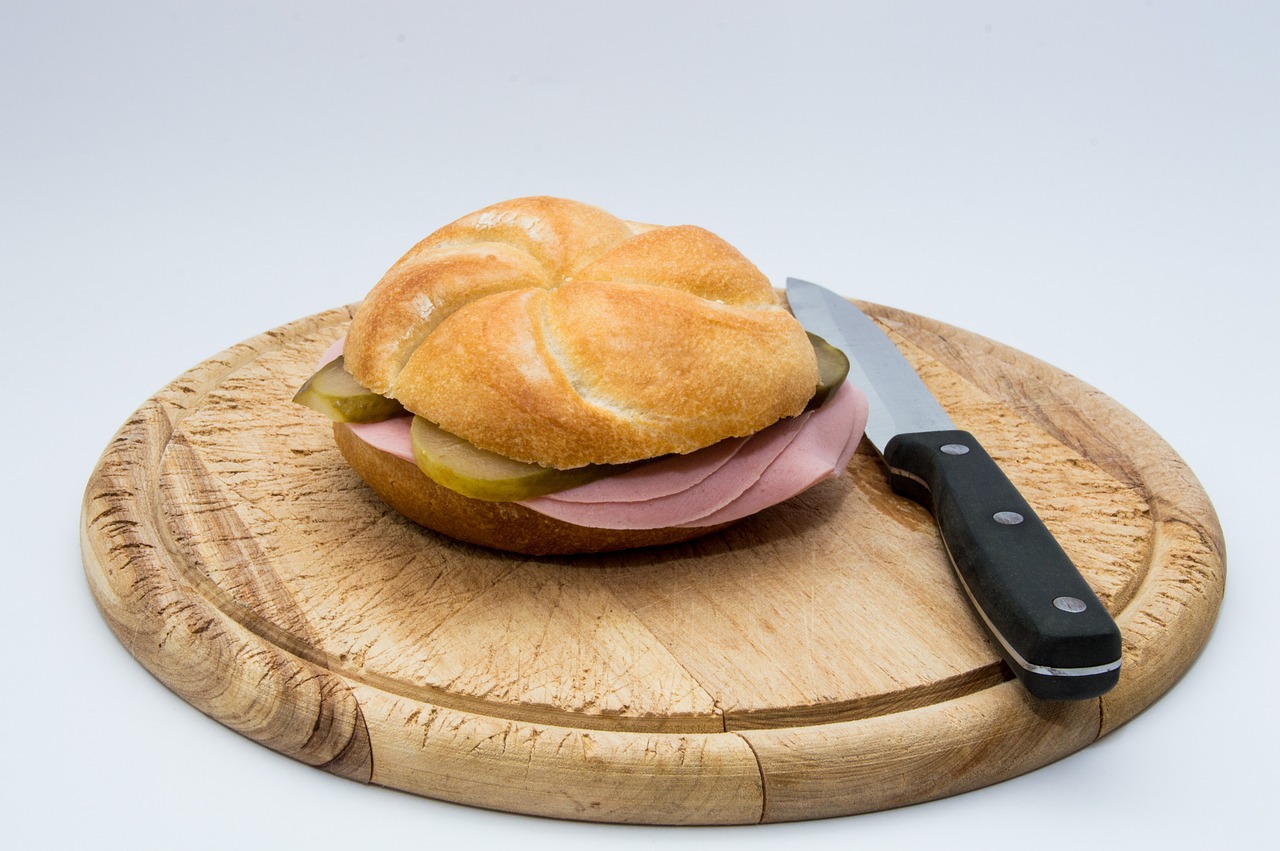“Wurstsemmel” is still the most popular midday snack among Austrians. A survey conducted by Integral on behalf of “Die Menü-Manufaktur” among 1,000 professionals revealed that most lunchtime snacks consist of cold or warm rolls, even though it is the main meal of the day for many. For 61 percent, sandwiches end up on the lunch plate several times a week. The exact number of respondents take at least 30 minutes for a break.
At lunchtime, 15 percent eat only cold or hot rolls, usually bought at the supermarket or bakery. The “Wurstsemmel” still takes first place. Salads are consumed by 34 percent and soups by 21 percent several times a week. Pastries and danishes (15 percent) are in fifth place. At least once a week, 42 percent also indulge in pasta dishes. Pasta is by far the most popular hot lunch.
Men often go for hot-filled rolls, pizza, schnitzel, burgers and other fast food than women. Women eat salads more often. Age also influences eating habits. People under 30 prefer much more variety than other age groups and often eat curry, bowls or wok dishes.
Eating is mostly done at work: 30 percent often don’t even leave their desks. Thirty-nine percent spend their lunch break in the lounge or kitchen, and 16 percent eat in the company canteen. Those who do not eat at the company eat at home (18 percent), go out to eat (16 percent) or eat on the road (eleven percent). Men and younger employees eat out more often than average.
Only eight percent do not take any time off at all. These are primarily part-time employees who forgo a break or keep it particularly short. However, the lunch break is indispensable for the vast majority of professionals (92 percent).
“This is also a question of time. In 30 minutes, the workplace is usually the only place left for a lunch break,” said Christina Kejik-Hopp, managing director of “Die Menü-Manufaktur,” which supplies menus to companies, kindergartens, schools, nursing homes and meal services and also offers vending machines solutions. The type of employment is critical to how lunches are spent. Older and part-time workers, as well as the self-employed, eat at home more often. People who work primarily at computers tend to eat at their desks as well, but on the other hand, go out to eat more often. On the other hand, people with a standing or physically demanding job prefer to take a break in the lounge or the company kitchen. One’s living circumstances are also a factor: those who live alone and those who live in Vienna go more often to an inn or restaurant during their lunch break.
The majority of employees spend less than ten euros on lunch. Only one or one in ten professionals said they spent more than ten euros a day on lunch. Forty-six percent spend between five and ten euros, and 45 percent less than five euros. That doesn’t sound like much, but it adds up. Only 45 percent of employees get by on less than 100 euros monthly. Men tend to spend more than women.
- source: k.at/picture: Bild von Hannes Edinger auf Pixabay
This post has already been read 2360 times!



